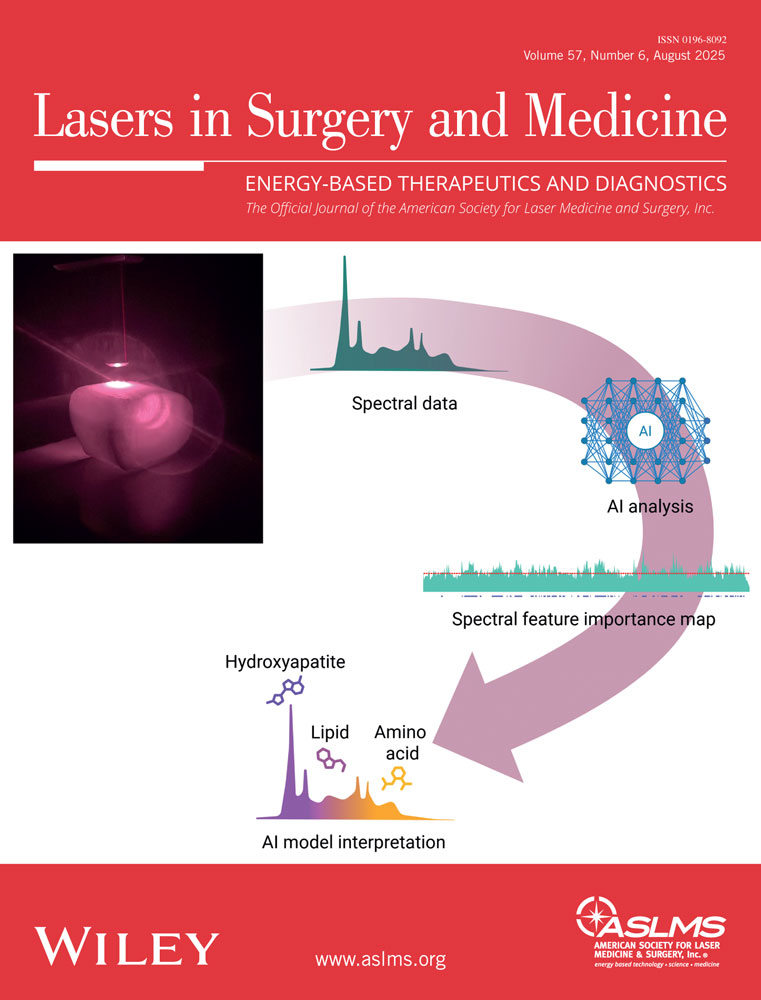Denudation of the entire mucosa of the canine urinary bladder using the neodymium: YAG laser with the MTR 1.5 contact probe
Abstract
Although the procedure of mucosal stripping or denudation of the urinary bladder was developed over 25 years ago to treat the potentially neoplastic mucosa in patients with low-grade superficial transitional cell carcinoma of the bladder, the procedure was abandoned because of serious complications, including short-term bladder hemorrhage and urinary extravasation and long-term severe bladder contracture, ureteral reflux, and hydronephrosis. In this study, we used the neodymium:YAG laser with the MTR 1.5 contact probe to denude the entire mucosa of the canine urinary bladder. Evaluation of our results showed that mucosal denudation by this technique can be performed simply and safely without complications. Specifically, we encountered no significant bladder hemorrhage, urinary extravasation, bladder contracture, ureteral reflux, or hydronephrosis. We believe that the denudation procedure may be useful as a surgical means of treating the entire bladder mucosa in patients with proliferative epithelial lesions of the bladder including multifocal carcinoma in situ.




